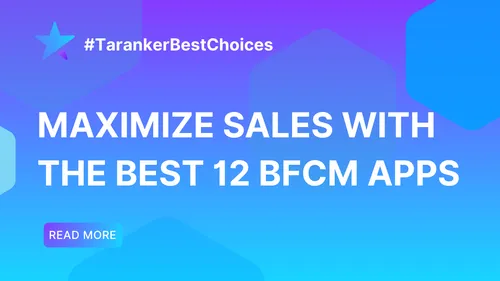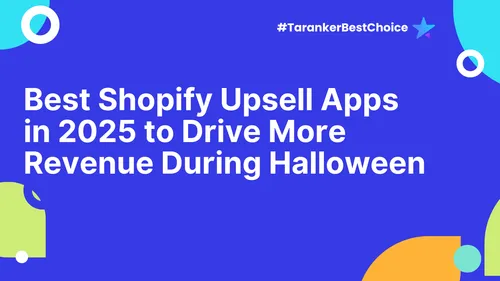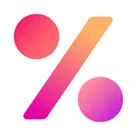In the dynamic world of e-commerce, entrepreneurs have multiple pathways to establish and grow their online businesses. Two prominent models are dropshipping and traditional e-commerce. Each offers distinct advantages and challenges, making it crucial to understand their differences to determine which aligns best with your business goals.
Dropshipping is a retail fulfillment method where the seller doesn't hold inventory. Instead, when a customer places an order, the seller purchases the item from a third-party supplier who ships it directly to the customer. This model requires lower upfront investment and reduces the complexities of inventory management. However, it often comes with lower profit margins and less control over product quality and shipping times.
In contrast, traditional e-commerce involves purchasing products in bulk, storing them, and managing the entire fulfillment process. This approach demands higher initial capital for inventory and storage but offers greater control over branding, product quality, and customer experience. It also allows for higher profit margins per sale but comes with increased operational responsibilities.
Choosing between these models depends on various factors, including your budget, desired level of control, and long-term business objectives. This article delves into the nuances of both dropshipping and traditional e-commerce, providing insights to help you make an informed decision that best suits your entrepreneurial journey.
1. What is Shopify Dropshipping?
.png)
In dropshipping, the store owner acts as a middleman. You don’t hold any inventory; instead, when a customer places an order, the product is shipped directly from a supplier to the customer. Shopify makes this process easy by integrating with dropshipping apps like Oberlo or Spocket, allowing you to select products and have them automatically fulfilled by suppliers.
-
Pros:
-
Low startup cost as you don’t need to buy inventory upfront.
-
Minimal overhead since there’s no need to manage storage or shipping.
-
Flexibility, allowing you to operate from anywhere.
-
Cons:
-
Lower profit margins since you pay the supplier for fulfillment.
-
Less control over shipping times and product quality.
-
High competition, as anyone can list the same products.
For a detailed guide on finding winning products for your Shopify dropshipping store, check out How to Find Winning Products for Your Shopify Dropshipping Store. It offers actionable insights to help you choose products that sell.
2. What is Traditional E-commerce?

With traditional e-commerce, you purchase inventory upfront and store it yourself. You handle the shipping, customer service, and inventory management. This model is ideal for businesses that want more control over the entire process, from product quality to customer experience.
-
Pros:
-
Higher profit margins since you buy products in bulk.
-
More control over branding, packaging, and customer experience.
-
Ability to build a unique product line that differentiates your store.
-
Cons:
-
High initial costs, including purchasing inventory and managing storage.
-
The need for managing shipping logistics and fulfillment.
-
More risk, especially if inventory doesn’t sell.
3. Which Model is Right for You?
.png)
Choose Dropshipping if:
-
You’re just starting out and have limited capital.
-
You want to avoid the risks of holding inventory.
-
You prefer a more hands-off approach to order fulfillment.
Choose Traditional E-commerce if:
-
You want full control over your brand, product quality, and customer service.
-
You have the capital to invest in inventory and infrastructure.
-
You want higher profit margins and are willing to manage logistics.
Conclusion: Finding Your Ideal E-commerce Model
Both dropshipping and traditional e-commerce offer exciting opportunities to grow a business on Shopify, but the right choice depends on your goals, budget, and appetite for risk. Dropshipping is a low-risk, low-maintenance option, ideal for beginners, while traditional e-commerce offers more control and higher profits for those with more resources.
Make sure to evaluate your priorities, test different models, and choose the one that best aligns with your long-term vision.
Looking to dive deeper into Shopify dropshipping? Don’t miss The Ultimate Guide to Shopify Dropshipping in 2025, a comprehensive resource to help you master the dropshipping model and scale your business effectively.













